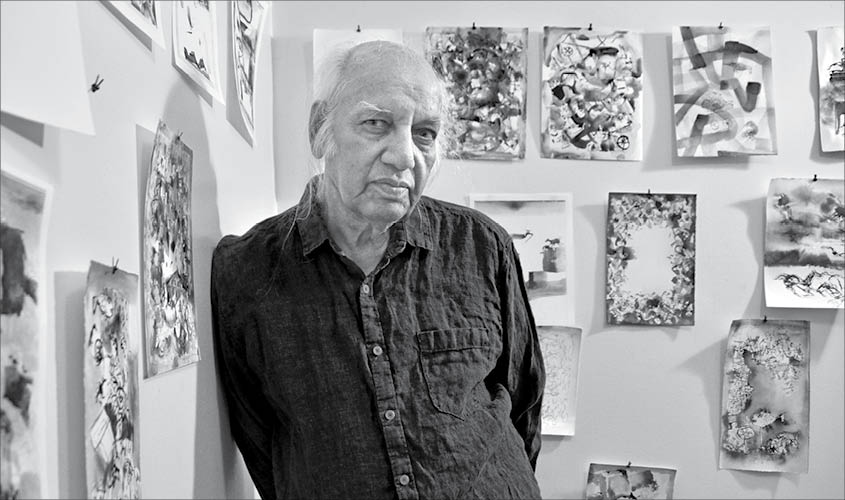Introduction
The National Gallery of Modern Art (NGMA) in Bengaluru is currently hosting a retrospective exhibition that pays homage to one of India’s legendary master printmakers, Devraj Dakoji, who, at the age of 79, stands as the last of his kind. This remarkable exhibition, on display until October 10, features over 600 works from the prolific artist, showcasing his dedication to printmaking.
Preserving a Unique Legacy
Devraj Dakoji’s retrospective not only celebrates his artistry but also highlights a unique challenge facing India – the scarcity of ‘Master Printmakers.’ The curating team behind this exhibition traces the history of printmaking in India back to the arrival of the printing press in Goa by the Portuguese. Notable early instances include the printing of Ravi Varma’s renowned paintings as oleographs.

Digital Transformation and Contemporary Trends
The exhibition’s curators also emphasise the significant transformation that printmaking in India underwent post-1990s, owing to the advent of digital technology. In recent years, artists like Jyoti Bhatt, Nataraj Sharma, Ravikumar Kashi, Gulam Mohammed Sheikh, Ranbir Kaleka, Baiju Parthan, Pushpamala N, Akbar Padamsee, Rameshwar Broota, and Gogi Saroj Pal have explored and expanded the possibilities of printmaking, creating distinctive visual vocabularies.
However, one challenge remains – many printmaking artists primarily produce their own work, and the art market, despite its post-globalisation boom, has often overlooked prints as investments.
Dakoji’s Singular Pursuit of Mastery
Despite these challenges, Devraj Dakoji remained steadfast in his pursuit of becoming a ‘Master Printer.’ This choice was particularly bold given that he could have potentially earned more from his paintings. Dakoji’s unique technique involves intricate pen and ink work, creating intricate plays of light and forms on canvases. His washed-out watercolours, featuring seascapes of Vizag in Andhra Pradesh and landscapes of Nepal and the Indian Himalayas, are showcased in the retrospective, testifying to his meticulous skills.
Dakoji’s journey towards mastering printmaking led him to leave India. Even during his earlier specialisation in printmaking, he had to study in Britain. In 1992, he ventured to the Tamarind Institute at the University of New Mexico in Albuquerque, immersing himself in lithographs and linocuts.
The Importance of Collaboration
During his time abroad, Dakoji learned not only the science but also the professionalism of printmaking. He realized the significance of collaborating with other artists, recognising it as a highly creative and demanding process. This understanding prompted him to collaborate with artists such as M.F. Husain and experiment with techniques like Chine Colle.
Promoting Collaborative Printmaking in India
Devraj Dakoji and his wife, Pratibha, attempted to promote collaborative printmaking in India by establishing Atelier 2221 in Shahpur Jat, New Delhi, in 1996. However, this venture faced challenges and eventually closed in 2003. Despite the setbacks, Dakoji remains enthusiastic about sharing his knowledge and experience with Indian artists and believes that awareness about the potential of collaborations is the first step.
A Showcase of Collaborations
The retrospective at NGMA also features collaborations with artists who worked with Dakoji through Atelier 2221 or the Robert Blackburn workshop. One notable partnership was with M.F. Husain, where Dakoji introduced the technique of Chine Colle, resulting in vibrant and innovative artworks.
Devraj Dakoji’s retrospective serves not only as a celebration of his remarkable career but also as a call to reassess the state of printmaking in India and the potential for collaborative art ventures. It highlights the need to recognise and preserve the rich tradition of printmaking in India while fostering collaborative efforts among artists in the field.
Feature image Courtesy: The Sunday Guardian
Shared Cultural Heritage: The Influence of Bengal Renaissance on Art of West Bengal and Bangladesh.

Contributor





